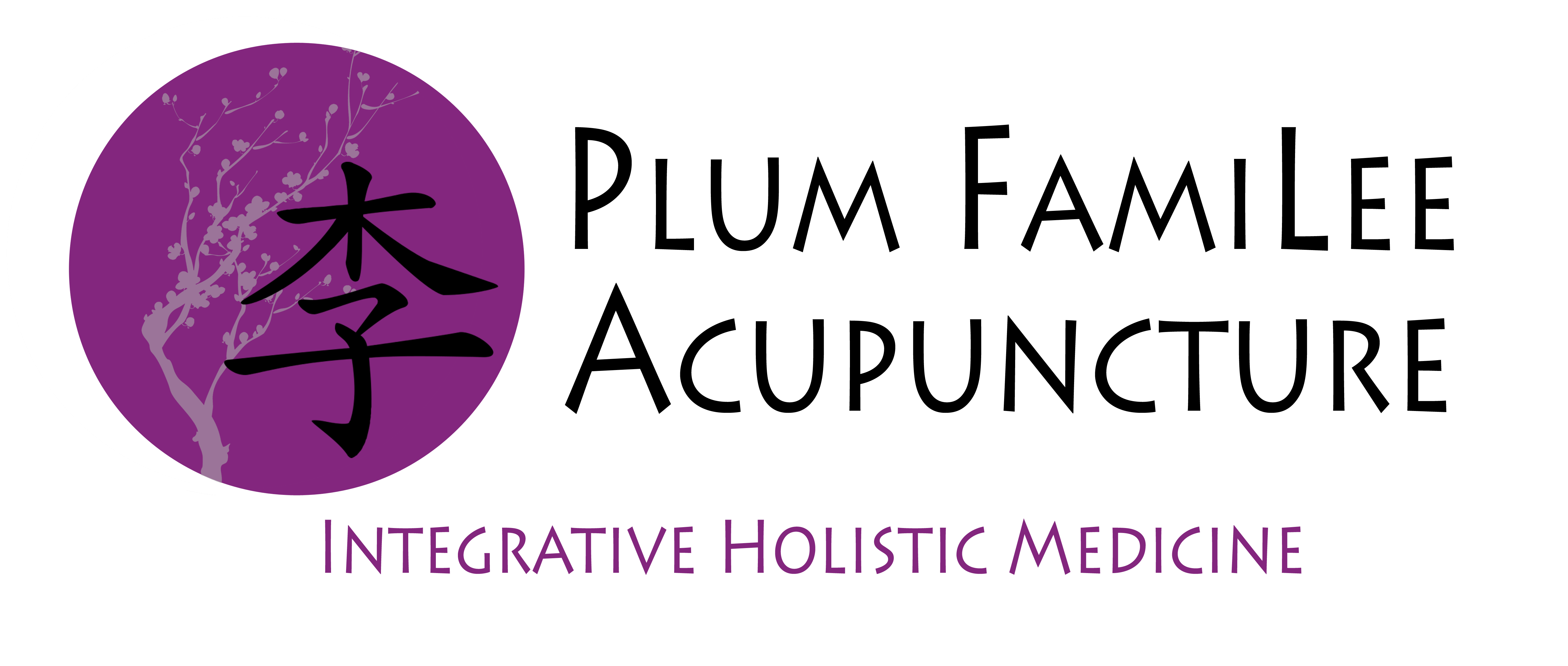In some countries such as Japan, South Korea and China, there are hospitals that are fully integrated with eastern and western medicine. In one facility, you can get an x-ray and get an acupuncture treatment under one roof. Imagine that!
My mother was some sort of integrative medicine revolutionary. When she raised my brothers and me she had a very unique philosophy toward our medical care. Depending on our ailments our mother took us to either a western medical doctor (MD) or to an eastern medical doctor (acupuncturist).
If we had the flu she took us to an MD. If we had a sty or a skin rash she took us to the acupuncturist. If we sprained an ankle we went to the MD so we can get an x-ray to confirm there were no breaks. She politely refused the prescribed pain meds and took us to our acupuncturist.
My mother’s idea of a second opinion, was to go to our acupuncturist. When my younger brother was having digestive problems with nausea and vomiting at the age of eight it was our acupuncturist that figured out he had an ulcer. The medical doctors never suspected an ulcer for an eight year old patient. A few acupuncture treatments later my brother no longer had any stomach problems.
Acupuncture was not considered an alternative medicine in our household. It was our primary care for about half our ailments, but it wasn’t just for ailments. We went to the acupuncture doctor for preventive care, which is when Oriental Medicine is at its best!
For more on conditions that Oriental Medicine can treat, click here.
Soon M Lee, LAc, DAOM is a Licensed Acupuncturist certified by the state of California. He is the owner and acupuncturist at Plum FamiLee Acupuncture in Tustin, CA.
